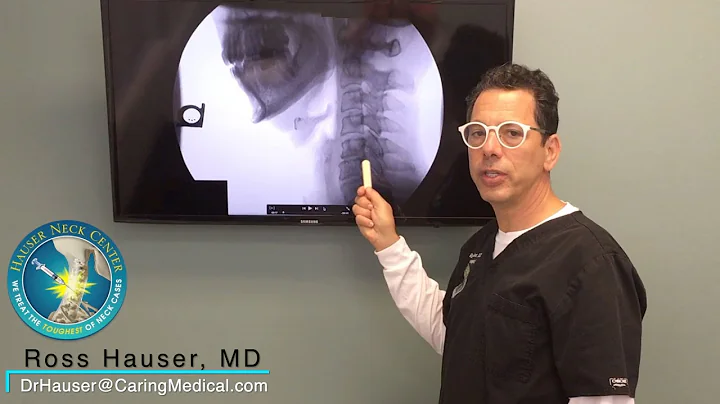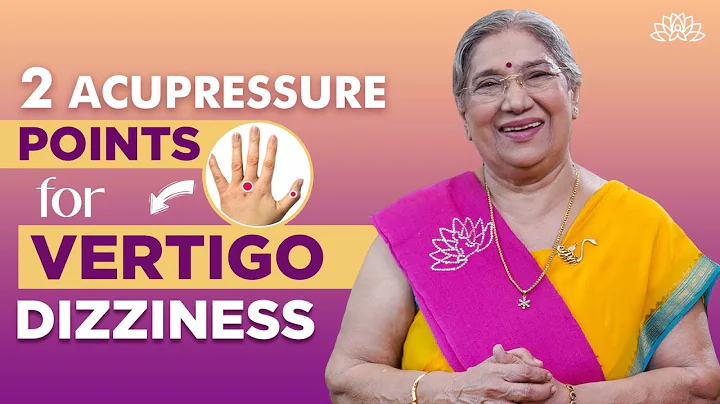 6-year-old Xiao Zhang is the manager of a travel company. After the epidemic, business improved, and staying up late and working overtime during the peak season is normal.
6-year-old Xiao Zhang is the manager of a travel company. After the epidemic, business improved, and staying up late and working overtime during the peak season is normal.
A month ago, Xiao Zhang developed some symptoms such as nausea, vomiting, headache, dizziness, and neck pain, which did not get better for several days. Later, he could not even eat and felt groggy.
At first, the cause was not clear in several hospitals, and he was in a comatose state almost every day. Later, in a hospital, Xiao Zhang was diagnosed with intracranial venous sinus thrombosis, and he was able to recover later. This may be related to Xiao Zhang's overexertion and excessive loss of body fluids.

Picture source: New Evening News
1. All in all, why is there thrombosis ?
The blood circulation is normal and the body is relatively healthy. However, when certain formed components in the blood condense into solid blocks, blood clots may occur.
Thrombus can be divided into red blood clots and white blood clots. Red blood clots are relatively large in size and can easily block the thick blood vessels of the brain, causing large-area cerebral infarction, with high disability and fatality rates. White blood clots are relatively small in size, and the blocked blood vessels are relatively thin. The resulting cerebral infarction is smaller in size and less harmful.
Don’t underestimate thrombus. Although it is small in size, it is very powerful. It will travel throughout the body with the blood of the human body. Once it reaches a place where the blood is thick, the blood flow rate is slow, or it reaches a blood vessel smaller than the diameter of the thrombus. , blockage may occur.
Thrombus in arterial blood vessels may cause distal artery ischemia, leading to ischemic necrosis of organs or tissues. Blood clots in the veins may block blood flow and cause swelling in the limbs.
The most common site of venous thrombosis is leg thrombosis. Once the deep vein thrombosis in the lower limbs breaks off, it is likely to cause fatal pulmonary embolism.

2. If there is a blood clot in the body, the body will tell you about it.
Most of the blood clots are without warning and can even cause death silently. In fact, once a blood clot appears in the body, the body will tell you about it.
 . Unilateral arm or leg swelling
. Unilateral arm or leg swelling
Unilateral arm or leg swelling is likely to be caused by deep vein thrombosis . Blood clots form in the veins, preventing blood from returning to the heart. Pressure within the blood vessels spreads fluid into the leg tissue, causing swelling.
 . Unilateral arm or leg pain
. Unilateral arm or leg pain
After thrombosis, it may trigger inflammatory response , resulting in swelling and pain in unilateral arms and legs. As the disease progresses, it will progress and cause pain, cramps, etc. Some complications.

 . Numbness in limbs
. Numbness in limbs
When blood clots appear in the blood, the human limbs will experience pain, numbness and other sensations due to insufficient blood supply. Therefore, if you have unexplained numbness in your limbs, be careful because blood clots are at work.
 .Intermittent claudication
.Intermittent claudication
After thrombosis, once the blood vessels are severely blocked, it may cause the symptoms of intermittent claudication. If left to develop, it may also lead to severe ischemia of the lower limbs, and even limb ulcers and long-lasting wounds. Symptoms such as failure to heal and tissue necrosis.

3. Can you prevent blood clots by moving your toes?
Cardiovascular Mr. Wang once shared a case where he rescued an old lady who suffered a myocardial infarction. The old lady showed symptoms of ventricular fibrillation when she was sent to the hospital. The doctor defibrillated and removed the thrombus, and the blood flow was restored. During the consultation, the family members said that the old lady prevents blood clots by herself every day, and she moves her toes every day to prevent blood clots.
In fact, using ankle pump exercises to prevent blood clots has certain conditions and limitations.
Ankle pump exercises generally can only prevent venous thrombosis in the lower limbs, and are more suitable for people who are bedridden and unable to get off the ground for a long time.Ankle pump exercises are to extend your knees, hook your feet back, hold for a few seconds, straighten them hard, and repeat, each group is suitable for five minutes.

For ordinary people, it is not enough to just move your toes to prevent blood clots.
 . Sitting for long periods of time and exercising appropriately
. Sitting for long periods of time and exercising appropriately
Sitting for long periods of time can easily increase the risk of deep vein thrombosis. Studies have shown that for every hour of sitting, the risk of deep vein thrombosis increases by 10%.
Professor Wang Shenming, leader of the Department of Vascular Thyroid and Breast Surgery at the First Affiliated Hospital of Sun Yat-sen University Professor Wang Shenming suggested that proper exercise can promote blood circulation in the body and help prevent the formation of deep vein thrombosis.
 . Drink water frequently
. Drink water frequently
Drinking more water can ensure that the body is adequately hydrated, avoid blood concentration , and prevent blood clots.

 . Quit smoking and drinking
. Quit smoking and drinking
Nicotine in tobacco smoke will intensify vasoconstriction and put the body in a hypercoagulable state ; drinking alcohol will damage blood cells, and both may increase the risk of blood clots, so try to quit smoking and drinking.
 . Pay attention to your diet
. Pay attention to your diet
In terms of diet, it is recommended to try to be as light as possible. It is best to eat less spicy and greasy foods and more foods rich in dietary fiber. You can also eat more deep-sea fish. The fatty acids in deep-sea fish can also help prevent The formation of blood clots.

 . Rational use of drugs
. Rational use of drugs
For people at high risk of venous thrombosis, such as fracture trauma patients and knee surgery patients, you can choose to use anticoagulant drugs for prevention, but you must pay attention to the use of drugs in accordance with the doctor's advice.
must be done for people at high risk of venous thrombosis, such as patients with hypertension , obesity, diabetes patients, people with unhealthy lifestyles, sedentary people, and people affected by genetics. It is good to have regular physical examinations and screenings.

Don’t underestimate blood clots. Once blockage occurs in a certain part, it may cause serious consequences. We must prevent blood clots in our daily life, avoid sitting for long periods of time, drink plenty of water, quit smoking and drinking, eat a balanced and nutritious diet, and have a lighter taste. High-risk groups must also undergo regular physical examinations and screenings. #HealthTruthPlan#
Reference:
[1] "Are blood clots divided into "red" and "white"? This kind of blood clot has a high rate of death and disability, but many people don’t even know that they are a high-risk group! ". I am a doctor's official WeChat account. 2020-03-18
[2] "This may be a sign of a "sneak attack" by blood clots: one side of the arm or leg has become thicker." Life Times. 2019-08-14
[3] " Blood clots are most likely to block in these 3 places. Don’t delay when there are 4 signals in the body." Health Times. 2021-10-13
[4] "I heard that moving your toes every day can prevent blood clots. In the end, blood clots still occurred." Cardiovascular Dr. Wang. 2022-04-11
[5] 10 "thrombosis signals" that must not be ignored. It will be too late if you don't pay attention to them! .Chinese Medical Tribune.2018-02-06
Reprinting without authorization from the author is prohibited





















